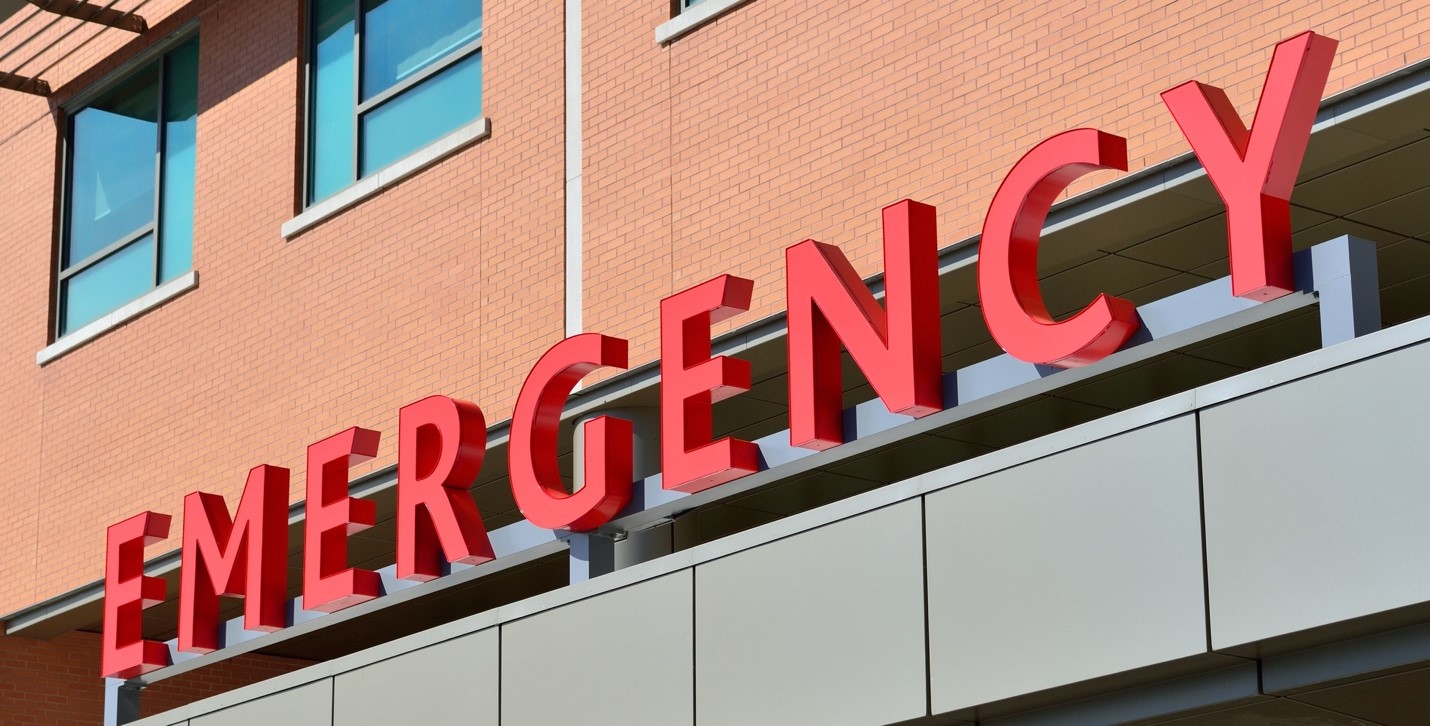When the pandemic began, there was panic and chaos. Grocery store shelves were bare, and toilet paper was rationed. Although the pandemic isn’t over, we strive to get our everyday existence back to whatever our new normal is. Two years later, we still struggle with shortages as consumers but also in healthcare. So, why are there still shortages more than two years later?
For starters, the political agendas have wreaked havoc on global economies by causing geopolitical strife. In May, there were shortages of the contrast dye used for CAT scans and other diagnostic procedures. This dye aims to make organs and blood vessels clearer for physicians to identify abnormalities or changes. For example, this dye can identify cancer and blood clots than other diagnostic tests may miss. What caused this acute shortage? In May, a significant supplier was subject to a strict COVID-19 shutdown in Shanghai.
Medical professionals needed to develop a tiered approach to care with more critical patients categorized with greater priority. Those that could be treated with an alternative approach received lesser importance. There are two global companies that healthcare officials can source the dye from; only one was shut down. With approximately 50 million exams annually in the United States alone, approximately half of that product was no longer available.
As with many of the shortages, particularly in the medical field, the United States needs to become more self-reliant and resilient when things like this happen. Other causes of shutdowns include:
- Manufacturing errors in the United States.
- The rapidly rising cost of fuel.
- The Russia/Ukraine conflict.
- Political Policy
According to the FDA, more than two dozen medical supplies are suffering shortages and impacting healthcare. Shortages occasionally occurred pre-pandemic, but now the shortages are 8-10 times higher! Short-term shortages are much more frequent.
World War II was the first-time significant shortages occurred in the supply chain. The first shortage was a malaria drug produced in Japanese-occupied territory. Since then, the United States has consistently struggled with acute shortages in medical supplies.
Events such as Hurricane Maria also caused shortages. This storm caused devastating damage to Puerto Rico, and Puerto Rico was a significant supplier of saline solutions. Over the years, there have been many shortages, most often due to natural disasters and disruption to the supply chain. The war in Ukraine is currently causing a shortage in helium used in MRIs, CAT scans, and many other uses. Several helium plants needed to shut down for safety reasons, and Russia stopped exporting natural gas to some European countries, which could no longer perform the extraction process.
World events cause and are expected to continue to cause disruptions. Healthcare facilities, students, and more will need to learn to adjust rapidly to whatever shortages occur. Adapting to the shortages may mean diagnostic tests without dye, using lower doses of some items, prioritizing the most urgent and critical cases, and triaging everything. Health professionals must continue to be more adaptable and aware of any geopolitical issues.
